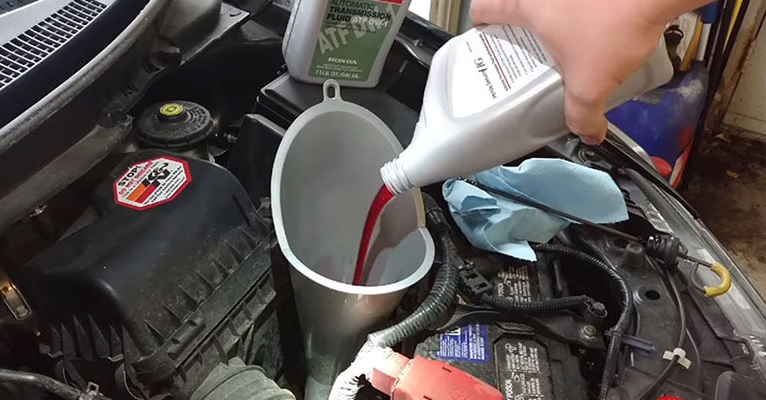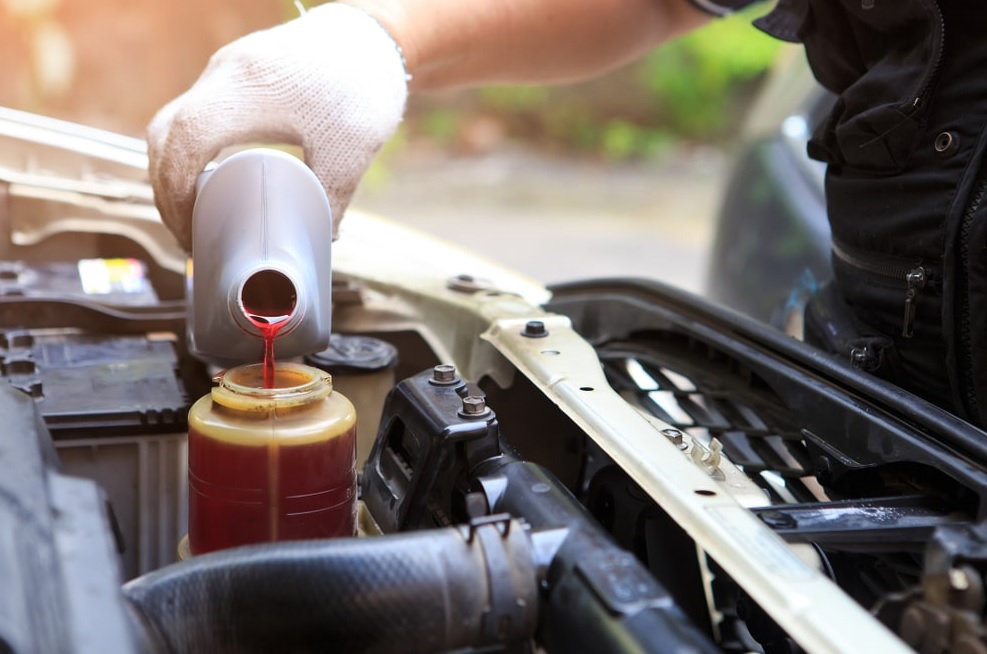Honda Civic transmission fluid change instructions are available here to learn how to change the transmission fluid on Honda Civic by yourself! It is not a process that is impossible to be done in a couple of minutes if you have the right tools!
Change The Transmission Fluid On Honda Civic
The majority of brand-new cars come with automatic transmissions. There is therefore not much maintenance must be done. However, the majority of owner’s manuals advise changing the gearbox fluid every 90,000 to 120,000 miles. Since high-pressure cleaning may remove material inside the gearbox that might clog the works, flushing your transmission’s fluid has lost popularity in recent years. Your car’s gearbox will provide years of trouble-free driving if you stick to the maintenance plan. Consult your owner’s handbook and the service adviser at your local dealership for more details.
FAQ on Changing Honda Transmission Fluid
How long does it take to change the gearbox fluid in my Honda?
The amount of time it takes to change the transmission fluid on your Honda will depend on how old the car is and how difficult the process is.
A Honda service center will typically need an hour to refill your transmission fluid. However, this time may increase if they also need to wash out all the old fluid along with any residue or impurities.
How frequently should I replace the gearbox fluid in my Honda?
While most people are aware of the significance of changing their Honda’s engine oil and filters, they may not always think to do the same with the transmission fluid. The frequency of transmission flushes relies on several variables.
According to most manufacturers, you should change the fluid in a manual transmission every 30,000 to 60,000 miles. The majority of vehicles today have automatic transmissions, which might be more difficult to comprehend. Without a leak or another issue, some vehicles may never have their transmission fluid changed. Like engine oil or filters, other engines require periodic maintenance.
It’s crucial to adhere to Honda’s maintenance recommendations for the transmission. If you need to have the transmission rebuilt, that can price you up to $6,000 or more.
How Can You Tell If Your Honda Transmission Fluid Needs To Be Changed
Transmission fluid lubricates the moving components in the transmission, much like oil does for your engine. You’ll start to see – or, more likely, feel – issues with how your transmission shifts when the fluid is worn out, contaminated or missing due to a leak.
- Difficulty engaging or maintaining a gear
- A thumping or lurching motion when shifting. If your gearbox is working properly, you generally won’t even notice it doing its job. But, if you can feel the shifts, there might be a problem.
- A delay in acceleration after depressing the accelerator. This could be brought on by several various problems, among which could be transmission problems.
- Weird noises, such as whining or grinding.
The best course of action is to bring your automobile to your nearby Honda repair center to have it looked at if you suspect a problem.
Why does my Honda’s transmission fluid need to be changed? The real inquiry is, “Do I even need to change my transmission fluid?
Consultations
Consult your Honda Owner’s Manual for the solution. Some more recent transmissions are created to never require a fluid replacement, barring a leak or other issue.
However, let’s say that as part of routine maintenance, your car does require a transmission fluid cleanse. To keep your transmission functioning at its best is the main justification for changing it. Transmission fluid degrades with time, much like any other fluid, including engine oil. Driving in stop-and-go traffic, towing, or under other stressful circumstances can reduce its lifespan even more. However, unlike other fluids, transmission fluid also functions as hydraulic fluid, keeping the transmission cooler and assisting with shifts in addition to lubricating the transmission elements.
The most crucial financial justification for performing preventive maintenance on your transmission is this: while a transmission fluid flush may run you a few hundred dollars, a new transmission will set you back thousands of dollars.
How Can You Check Your Honda Transmission Fluid
Finding out if you can check the fluid at all is the first thing to do. The only individual who can check the transmission fluid is a professional because many current cars don’t have a dipstick. Nevertheless, there are a few things to remember if your car has a dipstick.
The Honda owner’s manual should always be consulted first and foremost.
- Put your car in a level spot.
- Choose whether to check the gearbox fluid with the engine on or off based on the owner’s handbook. If the engine is running, you need to be much more cautious.
- To be safe, put the car in park and press the parking brake.
- Locate the dipstick for the transmission, which is typically brightly colored and located behind the engine.
- While removing the dipstick, take care not to drop or spill any liquid. Like when checking the engine oil, wipe out the dipstick with a clean rag.
- To examine the fluid level, reinstall the dipstick and then remove it once more.
Make sure that you use the appropriate transmission fluid if you need to top it off. You should get a leak looked at if the fluid level is extremely low.
Once you are certain that the transmission fluid is at the appropriate level, replace the dipstick.

















